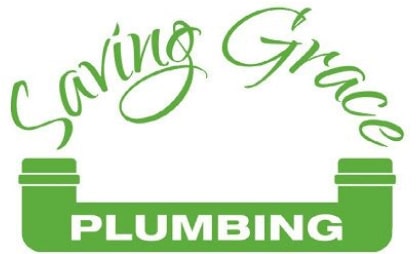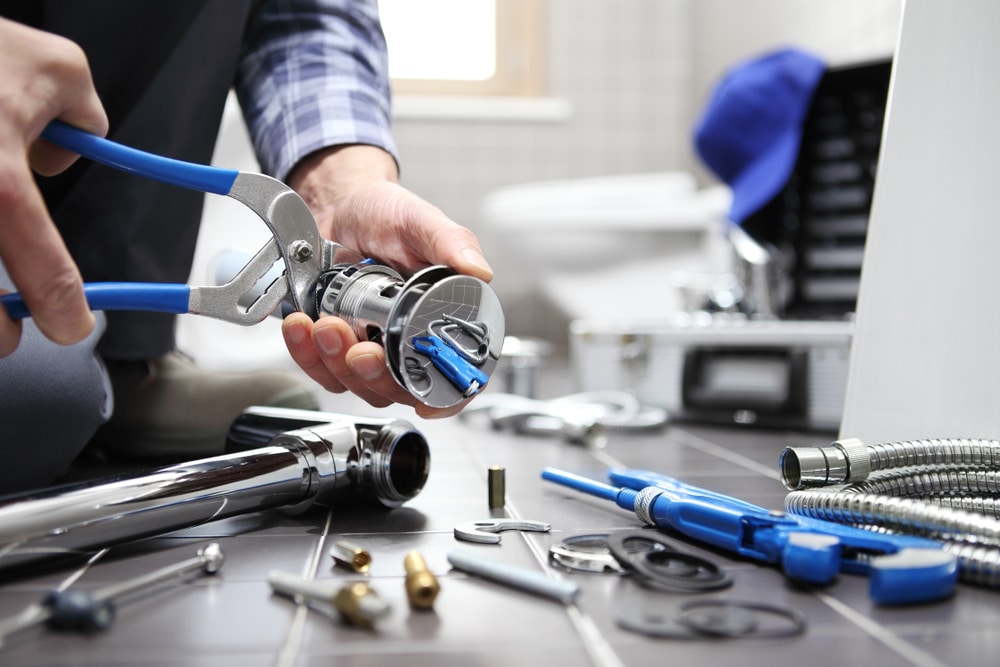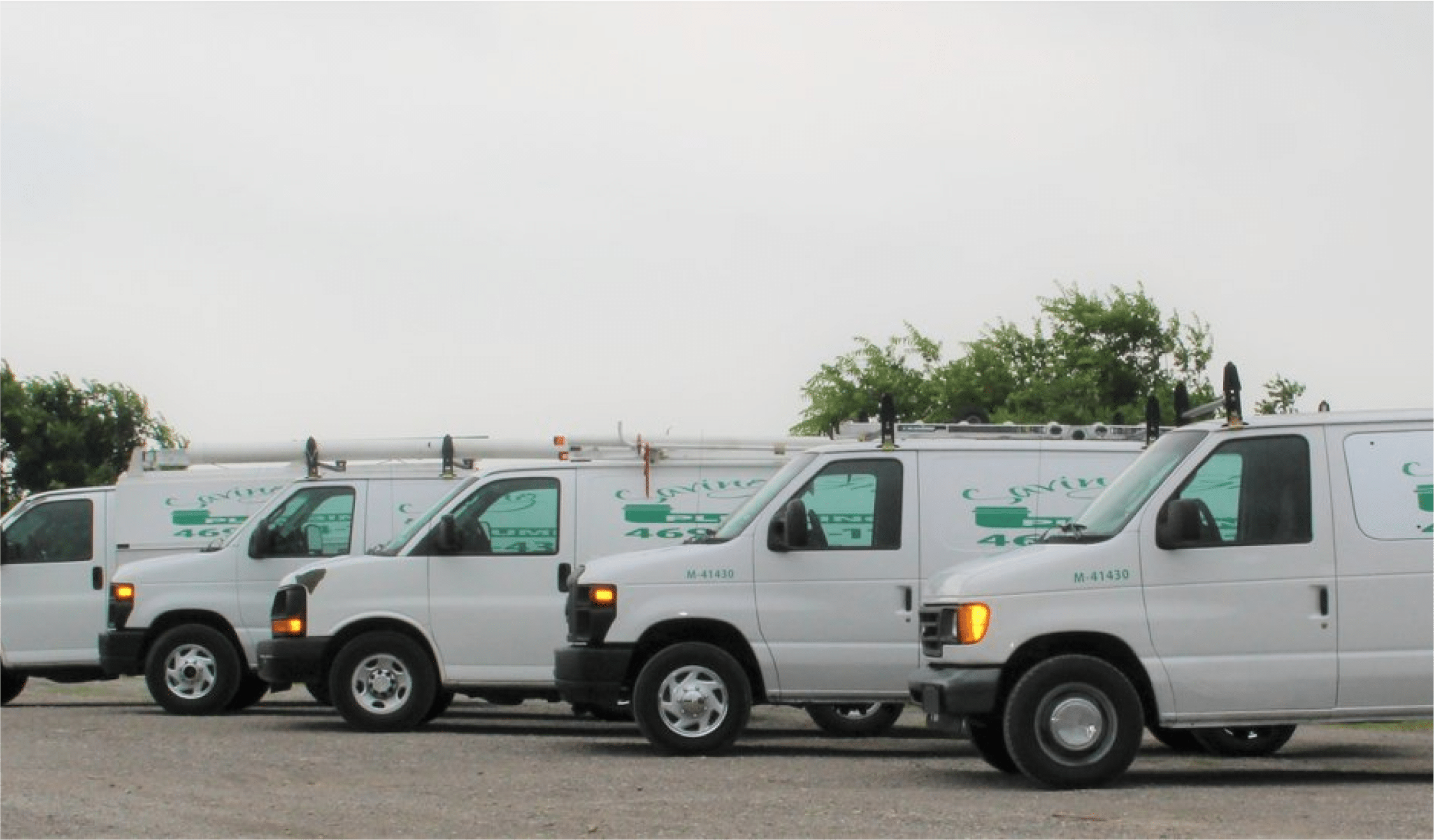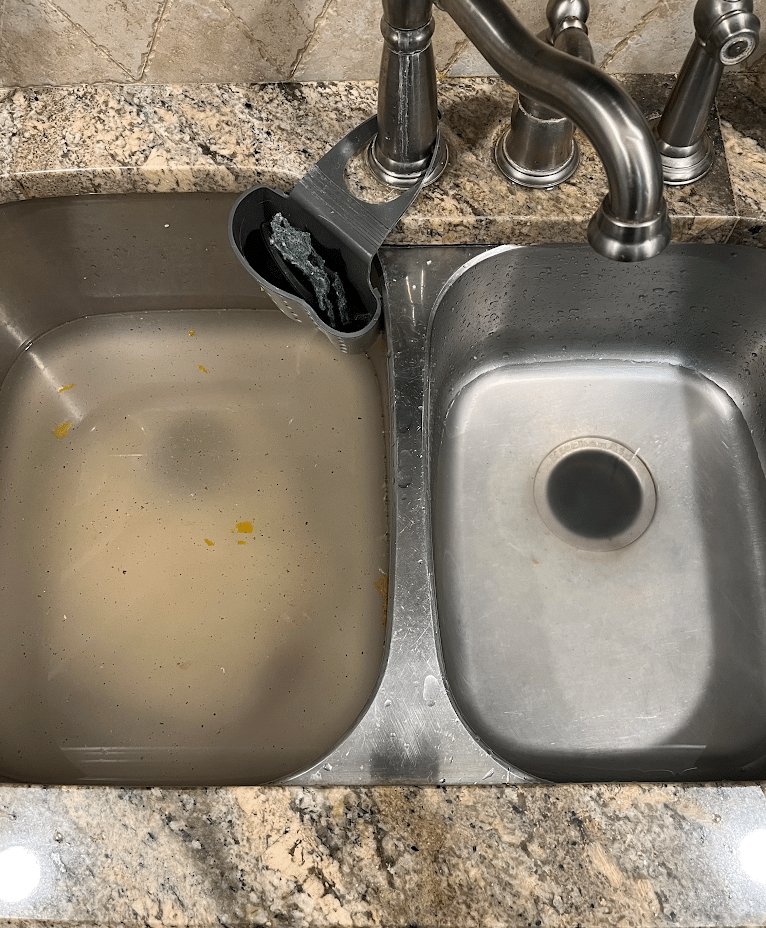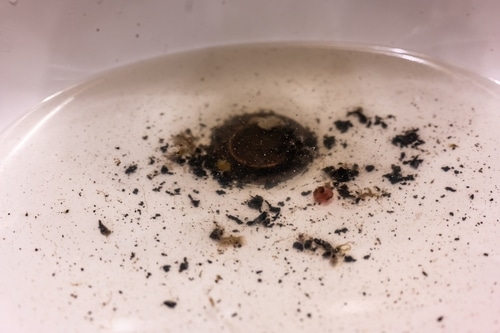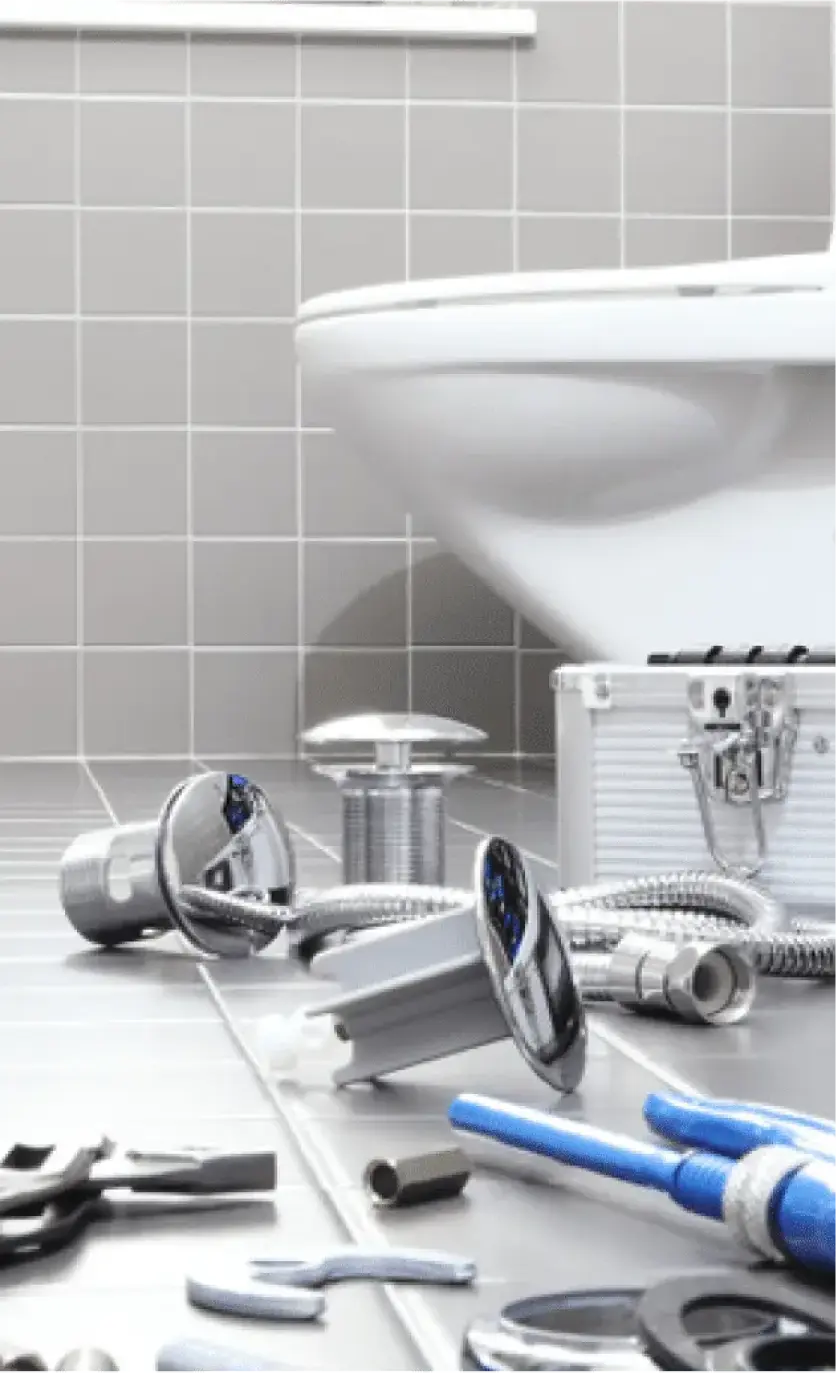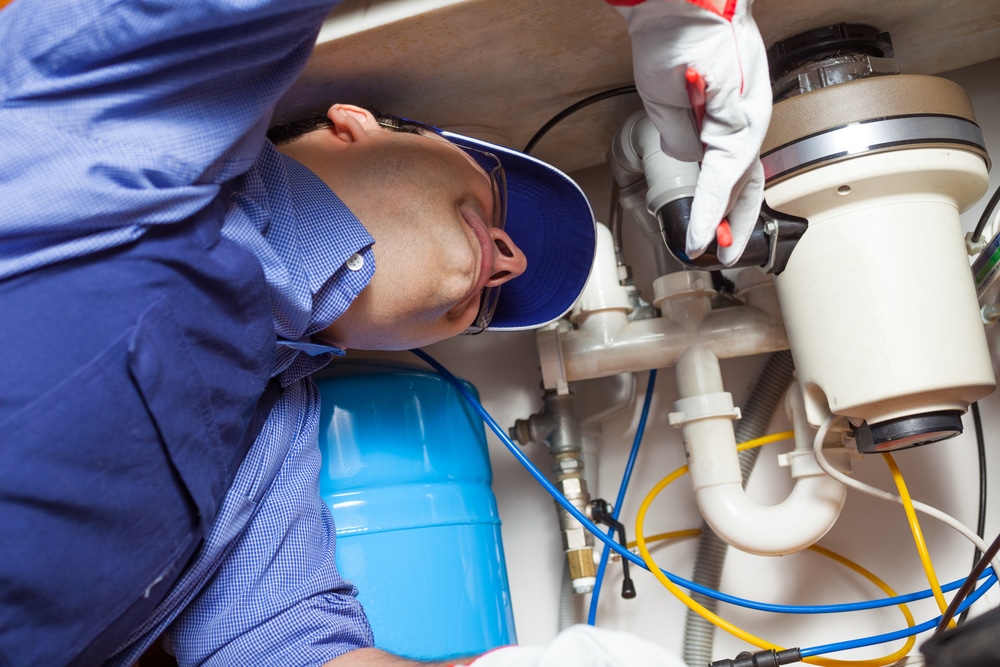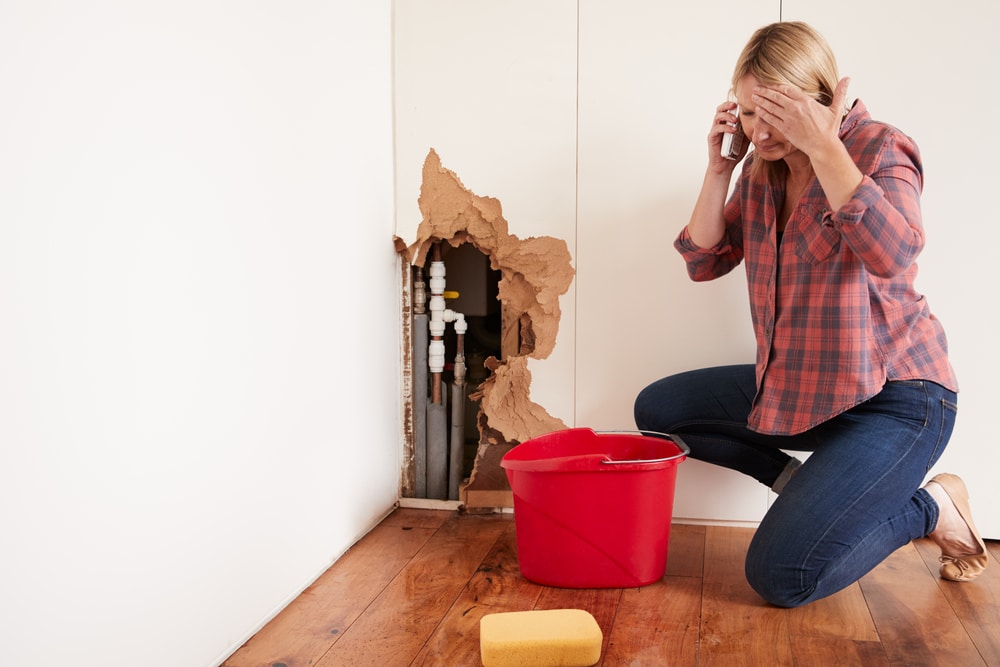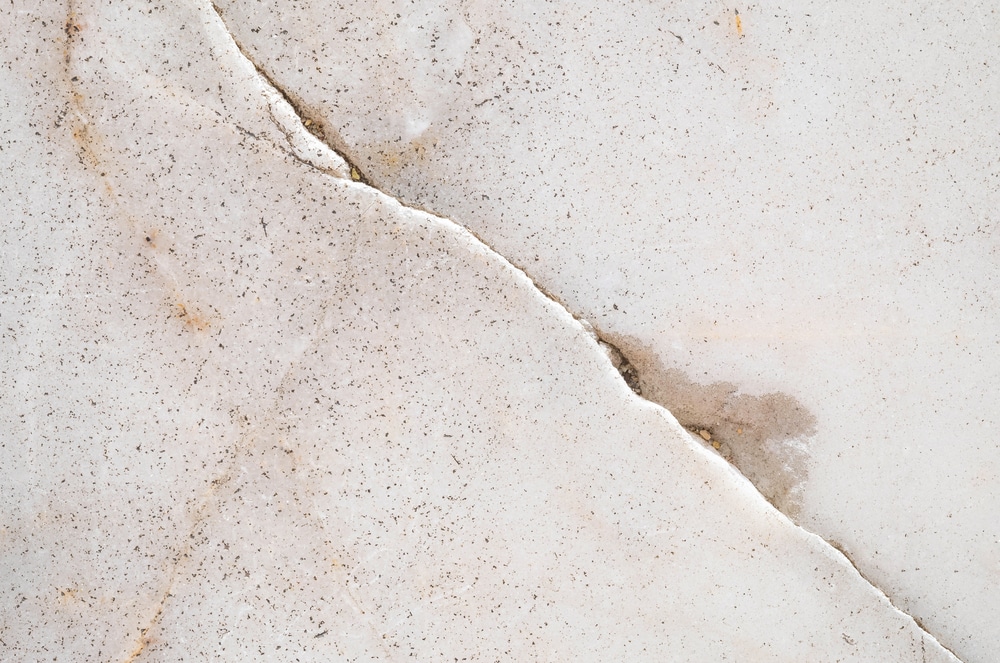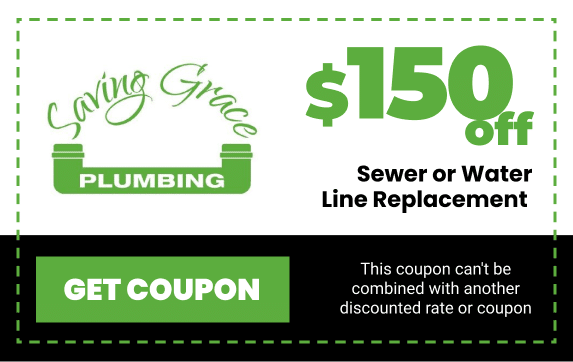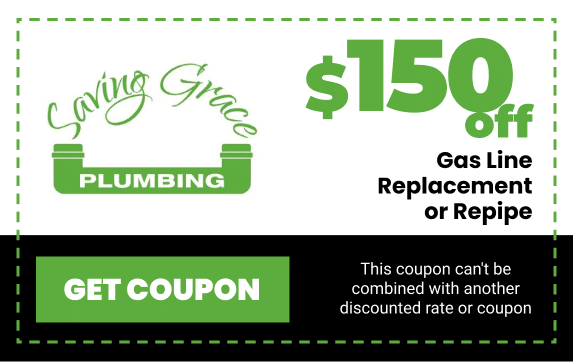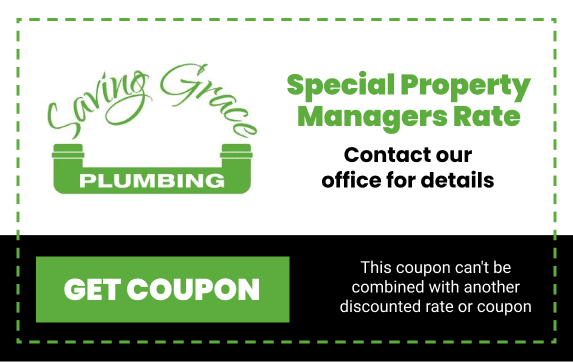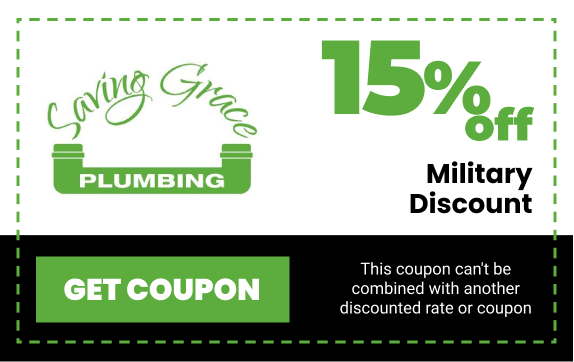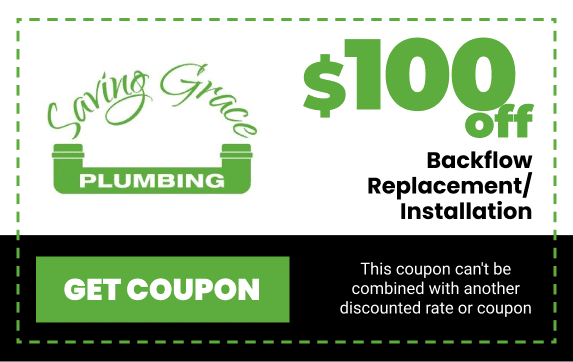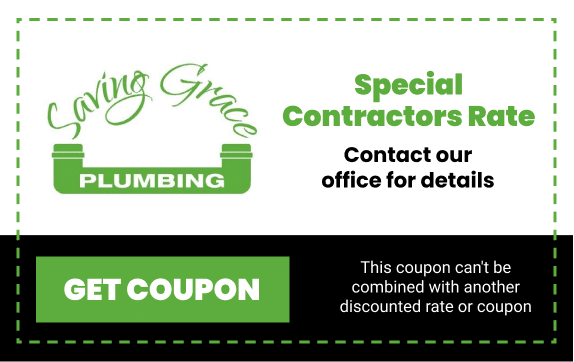Are you tired of dealing with leaky faucets, clogged drains, and other frustrating plumbing issues in your home? Fear not, because help is here! In this guide, we will provide you with essential plumbing tips to help you handle common household plumbing issues like a pro. From unclogging a stubborn drain to fixing a dripping faucet, we’ve got you covered. Plumbing problems can be a real headache, but with the right knowledge and tools, you can tackle them with confidence. Whether you’re a seasoned DIY enthusiast or a complete novice, these tips will empower you to take control of your plumbing and save both time and money. So, say goodbye to expensive plumber bills and hello to a well-functioning plumbing system. Get ready to become your own handyman as we dive into the world of essential plumbing tips!
Importance of DIY Plumbing Knowledge
Understanding the basics of plumbing is essential for every homeowner. Not only does it give you the confidence to handle common plumbing issues, but it also enables you to save money by avoiding unnecessary plumber bills. By learning a few key skills, you can take control of your plumbing system and ensure it runs smoothly. So, let’s get started by discussing the basic tools every homeowner should have for plumbing repairs.
Basic Tools Every Homeowner Should Have for Plumbing Repairs
Having the right tools is crucial for any DIY plumbing project. Here are some essential tools that every homeowner should have in their toolbox:
- Plunger: A plunger is a must-have tool for unclogging toilets, sinks, and tubs. Choose a high-quality plunger with a sturdy handle and a strong rubber suction cup.
- Adjustable Wrench: An adjustable wrench is used for tightening or loosening nuts and bolts. It is a versatile tool that can be used for various plumbing repairs.
- Pipe Wrench: A pipe wrench is specifically designed for gripping and turning pipes. It is essential for tasks such as replacing faucets or fixing leaks.
- Plumber’s Tape: Plumber’s tape, also known as Teflon tape, is used to create a watertight seal on threaded pipe connections. It is an inexpensive yet effective tool for preventing leaks.
- Pipe Cutter: A pipe cutter is used to cut pipes to the desired length. It is essential for replacing old or damaged pipes.
- Plumber’s Snake: A plumber’s snake, also known as a drain auger, is used to remove clogs from drains and pipes. It can reach deep into the pipes to clear stubborn blockages.
Now that you have the basic tools, let’s move on to some common plumbing issues and how to handle them.
Dealing with a Clogged Drain
A clogged drain is a common plumbing problem that can be quite frustrating. Luckily, there are several methods you can try to unclog a drain:
- Plunger Method: Start by using a plunger to create suction and dislodge the clog. Place the plunger over the drain and vigorously plunge up and down for a few minutes. Repeat this process several times until the water starts to drain.
- Baking Soda and Vinegar Method: Mix equal parts of baking soda and vinegar and pour the mixture down the drain. Let it sit for about 30 minutes, then flush it with hot water. The combination of baking soda and vinegar helps break down the clog.
- Plumber’s Snake Method: If the plunger and baking soda methods don’t work, it’s time to use a plumber’s snake. Insert the snake into the drain and rotate it clockwise while pushing it forward. Keep going until you feel resistance, then rotate the snake counterclockwise to dislodge the clog.
By using these methods, you can effectively unclog most drains in your home. However, if none of these methods work or if you’re dealing with a more serious plumbing issue, it’s best to call a professional plumber.
Fixing a Leaky Faucet
A leaky faucet is not only annoying but also wasteful. A steady drip can waste gallons of water over time. Here’s how you can fix a leaky faucet:
- Turn Off the Water: Before you start any repairs, turn off the water supply to the faucet. Look for the shut-off valve under the sink and turn it clockwise to close it.
- Remove the Handle: Use a screwdriver or an Allen wrench to remove the handle of the faucet. This will give you access to the inner workings of the faucet.
- Replace the O-Ring or Washer: Most leaky faucets are caused by a worn-out o-ring or washer. Remove the old o-ring or washer and replace it with a new one of the same size. Make sure to use a high-quality replacement part.
- Reassemble the Faucet: Once you’ve replaced the o-ring or washer, reassemble the faucet in the reverse order. Make sure all the parts are properly aligned and tightly secured.
After completing these steps, turn on the water supply and check if the leak has been fixed. If the faucet is still leaking, it may be time to replace the entire faucet.
Repairing a Running Toilet
A running toilet is not only annoying but can also waste a significant amount of water. Here’s how you can fix a running toilet:
- Check the Flapper Valve: The flapper valve is responsible for releasing water from the tank into the bowl. Lift the lid of the toilet tank and check if the flapper valve is properly seated. If it’s misaligned or damaged, replace it with a new one.
- Adjust the Float Ball or Cup: The float ball or cup controls the water level in the tank. If it’s set too high, water will continuously flow into the overflow tube, causing the toilet to run. Adjust the float ball or cup to the correct height.
- Replace the Fill Valve: If the flapper valve and float ball or cup are in good condition, the issue may be with the fill valve. Turn off the water supply to the toilet, flush to drain the tank, and then replace the fill valve.
Once you’ve completed these repairs, turn on the water supply and check if the toilet is running properly. If the problem persists, it’s best to call a professional plumber.
Unclogging a Toilet
A clogged toilet is a common plumbing issue that can cause a lot of frustration. Here’s how you can unclog a toilet:
- Plunger Method: Start by using a plunger to create suction and dislodge the clog. Place the plunger over the drain hole and plunge vigorously. Repeat this process several times until the water starts to drain.
- Hot Water and Dish Soap Method: If the plunger method doesn’t work, try pouring hot water and dish soap into the toilet bowl. Let it sit for a few minutes, then use a plunger to flush the toilet.
- Plumber’s Snake Method: If the clog is stubborn and the previous methods don’t work, it’s time to use a plumber’s snake. Insert the snake into the drain and rotate it clockwise while pushing it forward. Keep going until you feel resistance, then rotate the snake counterclockwise to dislodge the clog.
By using these methods, you can often unclog a toilet without the need for a plumber. However, if the clog is severe or if you’re unable to unclog the toilet, it’s best to seek professional help.
Fixing a Dripping Showerhead
A dripping showerhead is not only annoying but can also waste a significant amount of water. Here’s how you can fix a dripping showerhead:
- Clean the Showerhead: Start by removing the showerhead and soaking it in a mixture of vinegar and water. This will help remove any mineral deposits that may be causing the drip.
- Replace the Washer or O-Ring: If cleaning the showerhead doesn’t solve the problem, the issue may be with the washer or o-ring. Remove the old washer or o-ring and replace it with a new one of the same size.
- Apply Plumber’s Tape: Before reattaching the showerhead, wrap plumber’s tape around the threads of the shower arm. This will create a watertight seal.
After completing these steps, reattach the showerhead and turn on the water supply. Check if the drip has been fixed. If the problem persists, it may be time to replace the entire showerhead.
Troubleshooting Low Water Pressure
Low water pressure can be frustrating, especially when trying to take a shower or wash dishes. Here are some common causes of low water pressure and how to troubleshoot them:
- Check the Water Valve: Make sure the water valve supplying your home is fully open. Sometimes, it may accidentally get partially closed, leading to low water pressure.
- Clean the Aerator: The aerator is a small screen located at the end of the faucet. Mineral deposits can clog the aerator, causing low water pressure. Remove the aerator, clean it thoroughly, and then reattach it.
- Inspect the Pipes: Check for any leaks or blockages in the pipes. A damaged or clogged pipe can restrict the flow of water, resulting in low water pressure. If you notice any issues, it’s best to call a professional plumber.
By troubleshooting these common causes, you can often restore normal water pressure. However, if the problem persists, it’s best to seek professional help to identify and fix the underlying issue.
Dealing with a Burst Pipe
A burst pipe is a plumbing emergency that requires immediate attention. Here’s what you should do if you encounter a burst pipe:
- Turn Off the Water: The first step is to turn off the water supply to prevent further damage. Locate the main shut-off valve and close it to stop the flow of water.
- Drain the Pipes: Open all the faucets in your home to drain the remaining water from the pipes. This will help minimize the damage caused by the burst pipe.
- Call a Professional Plumber: Burst pipes can cause extensive damage and require professional repairs. Call a licensed plumber to fix the burst pipe and ensure your plumbing system is safe and functional.
Remember, burst pipes are a serious issue that can lead to water damage and mold growth. It’s crucial to act quickly and seek professional help to minimize the damage and ensure the safety of your home.
Preventive Maintenance Tips for Avoiding Plumbing Issues
Prevention is always better than cure when it comes to plumbing issues. Here are some preventive maintenance tips to keep your plumbing system in top shape:
- Regularly Inspect for Leaks: Check for any signs of leaks, such as dampness or water stains, and repair them immediately. Small leaks can quickly escalate into larger issues if left unattended.
- Avoid Clogging Drains: Be mindful of what goes down your drains. Avoid pouring grease, coffee grounds, and other debris that can clog the pipes. Use drain covers to catch hair and other particles.
- Flush the Water Heater: Sediment buildup can affect the efficiency and lifespan of your water heater. Regularly flush the tank to remove any sediment and extend its lifespan.
- Winterize Your Plumbing: Before the cold weather arrives, insulate exposed pipes and disconnect outdoor hoses. This will prevent freezing and potential pipe bursts.
- Schedule Regular Plumbing Inspections: Hire a professional plumber to conduct regular inspections of your plumbing system. They can identify any potential issues and address them before they become major problems.
By following these preventive maintenance tips, you can significantly reduce the likelihood of encountering plumbing issues. Remember, a little maintenance goes a long way in keeping your plumbing system running smoothly.
When to Call a Professional Plumber
While many plumbing issues can be resolved through DIY methods, there are times when it’s best to call a professional plumber. Here are some situations where professional help is recommended:
- Major Plumbing Emergencies: Burst pipes, sewer backups, and major leaks require immediate attention from a professional plumber. These issues can cause extensive damage and should not be handled without proper expertise.
- Complex Plumbing Repairs: If you’re unsure about the complexity of a plumbing repair or lack the necessary skills and tools, it’s best to leave it to the professionals. They have the knowledge and experience to handle complex repairs safely and efficiently.
- Renovation or Remodeling Projects: If you’re planning a renovation or remodeling project that involves plumbing work, it’s best to consult a professional plumber. They can ensure that the plumbing system is properly installed and meets all building codes.
Remember, attempting complex plumbing repairs without the necessary expertise can lead to further damage and costly repairs. It’s always better to seek professional help when in doubt.
Conclusion
Handling common household plumbing issues doesn’t have to be a daunting task. With the right knowledge and tools, you can confidently tackle plumbing problems and save both time and money. From unclogging drains to fixing leaky faucets, you now have the essential plumbing tips to become your own handyman. Remember to always prioritize safety and seek professional help when needed. With these tips in your arsenal, you can say goodbye to expensive plumber bills and hello to a well-functioning plumbing system. Happy plumbing!
